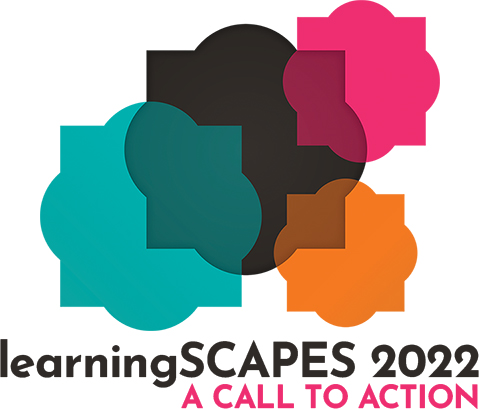 | 1 LU / HSW |
 | 1 LU / HSW |
What is empathy and why is it important to life, learning, and our role on the planet? What is its role in learning? How can nature support the learning of empathy? How can we design physical learning environments with empathy, to support empathy, and to learn empathy? In recent decades, the importance of social-emotional learning has become recognized for its role in cognitive development by brain researchers, psychologists, and educators. Social-emotional learning is now an important component of many learning environments from pre-school through high school. There has been significant focus on the Social aspects – “learning is social”, “humans are social beings”. To explore the Emotional component, this session will go beyond the avoidance of negative emotions triggered by stress and trauma; it will examine the role of positive emotions in learning and how the physical learning environment can support them, with a particular focus on empathy. Empathy is a skill by which people can understand and experience another’s emotions. It has become to be understood as a vital component in the development of humans and societies. While most are born with this capability, it can also be taught and strengthened. It can provide near-immediate connection on a much deeper level than other forms of communication. As a pathway to generating compassion, empathic connections and thinking can foster healthy interactions with other living entities – humans, animals, and plants. This session will explore case studies of recent school designs intended to support the learning of empathy through environmental connection – using physical, educational, and referential connections to the natural environment. Outdoor learning environments are increasingly recognized as important components for holistic learning – for science, art, and multiple forms of experiential learning. Examples from three case studies will highlight outdoor structures, places, activities, and linkages across a broad spectrum. Participants will be asked to bring their own examples and share them in small group break-out sessions.
Learning Objectives:

Ross is IBI Group’s Education Studio Lead in Seattle. He has a passion for culturally relevant, experiential design of educational facilities. His 3-decade architectural portfolio spans northern Canada, the UK, the US South, and the Pacific Northwest. Three of his projects are James D. MacConnell Award projects – 2010 recipient and 2004 and 2020 finalist. He is currently co-chair of A4LE’s JEDI Committee, and a member of NOMA-NW and AIA Seattle’s Diversity Roundtable.

Anita’s 37 years in the field of education have provided her multiple opportunities to try on different faucets of the field. She has served as a Special Education teacher, Instructional Facilitator and Literacy Curriculum Specialist. Anita has spent the last 13 years as a building principal. In this role she collaborated with her design team to craft an amazing learning environment at 2020 MacConnell Award finalist Mary Lyon Elementary.

Kas has focused her 30-year career on educational facilities contributing to standards for site development that achieve sustainability goals, and site programming that supports learning and child development. As the Principal-in-Charge of educational facility design and planning of Osborn Consulting’s Landscape and Urban Design Group, Kas’s work creates learning environments based in research grounded in childhood development, brain research, curriculum, and learning modalities.
What are the emerging trends in society, education, and/or school planning, design, construction, supply, and operation that should be informing our conversation today?
Primary Core Competency
Design of Educational Facilities: Acts as a resource to the design team in providing ongoing guidance and support to ensure that the emerging and ultimate design aligns with the established community vision, education goals, future programming, written design standards, best/next practices and education policy.
Learning Units/Health, Safety, Welfare (LU/HSW)
The topics are focused on developing healthy relationships, social-emotional well-being, and healthy bodies and minds through enhancing direction interaction with nature. A further goal is to demonstrate the importance of, and ways to achieve, greater student interactions and knowledge of the natural environment, and by developing empathy, learn how to work with and to support nature for the benefit of societal and planetary health.